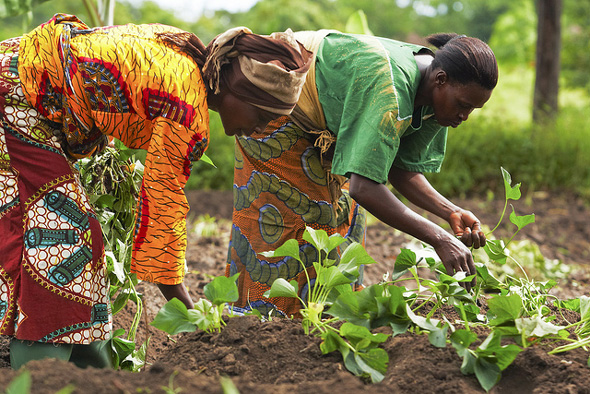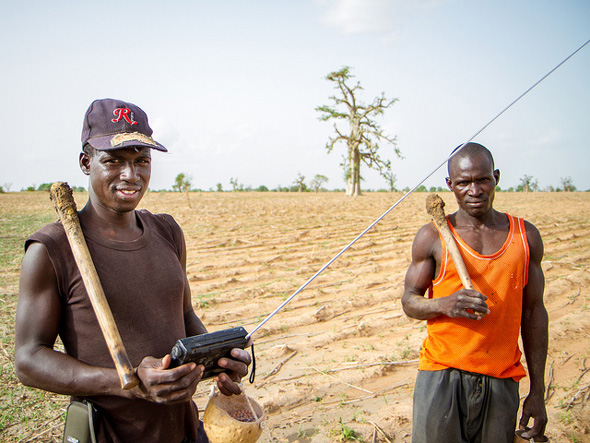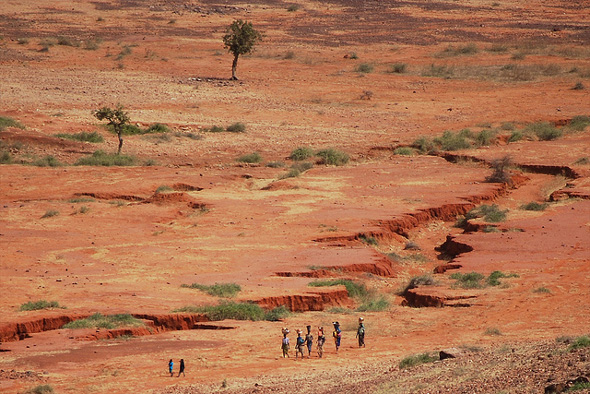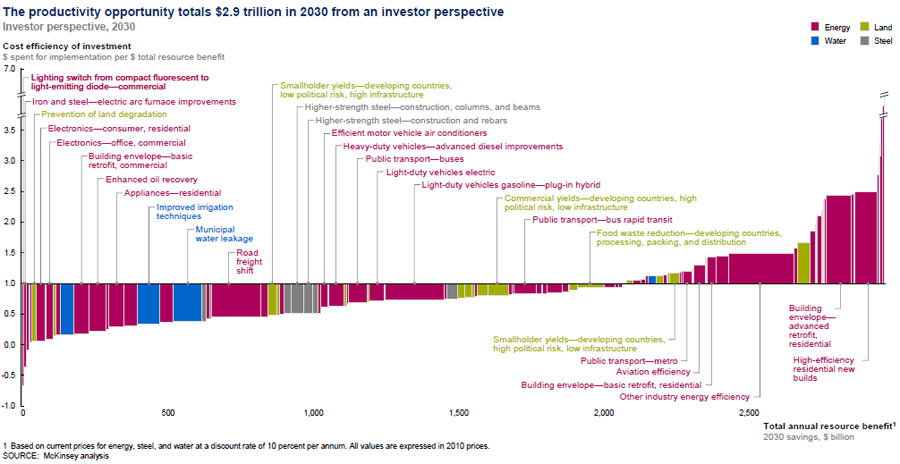-
Green Solutions for Africa’s Urban Food Security
›September 26, 2012 // By Payal Chandiramani
Following the steady economic growth that many African countries have experienced in recent years and continued population growth, urbanization has accelerated rapidly on the continent as people turn to cities to take advantage of new economic opportunities. But growing cities have led to another problem. According to a new Food and Agriculture Organization (FAO) report, Growing Greener Cities in Africa, urban populations are exceeding the capacity of African cities to provide food for them, putting nearly 300 million people at risk of hunger and malnutrition, and greener strategies – urban agriculture and better water use – could help considerably.
-
Al Jazeera Maps Water Flashpoints Around the World
›Historically, the concept of “water wars” – inter-state wars fought solely over water – has been fairly unsubstantiated. But continued population growth, accelerating development, and environmental changes are making water more scarce and in turn increasing the chances of related tensions and violence. To illustrate the growing role water plays in tensions around the world, Al Jazeera has put together a map linked to a series of stories they’ve done on water “flashpoints.”
-
António Guterres, The New York Times
Why Mali Matters
›September 11, 2012 // By Wilson Center Staff
The original version of this op-ed, by António Guterres, appeared in The New York Times.
For many people, Timbuktu has long represented the essence of remoteness: a mythical, faraway place located on the boundaries of our collective consciousness. But like many of the myths associated with colonialism, the reality is very different.
-
Jill Hagey, Behind the Numbers
Sahel Drought: Putting Malnutrition in the News
›
The original version of this article, by Jill Hagey, appeared on the Population Reference Bureau’s Behind the Numbers blog.
Over the past few months, the Sahel drought has sparked attention of news media and concerned citizens around the world. Throughout this media blitz, I have been struck by the sharp contrast between this coverage and how the devastating effects of malnutrition are usually portrayed. Malnutrition is often overlooked in favor of more “newsworthy” diseases, and it takes a crisis to focus our attention on this public health issue. Yet an emergency such as this drought – affecting more than 18 million people, including nearly 2 million children – is difficult to ignore.
-
Nile Basin at a Turning Point as Political Changes Roil Balance of Power and Competing Demands Proliferate
›September 4, 2012 // By Carolyn Lamere
In 1979, Egyptian President Anwar Sadat famously said that “the only matter that could take Egypt to war again is water.” Sadat’s message was clear: the Nile is a matter of national security for Egypt.
Indeed, Egypt relies on the Nile for 95 percent of its water. But it is not the only state with an interest in the world’s longest river. There are 11 states in the Nile River basin, which stretches from Africa’s Great Lakes region – Tanzania, Uganda, Kenya, Rwanda, Burundi, and the Democratic Republic of the Congo – to the Ethiopian and Eritrean highlands through South Sudan, Sudan, and Egypt to the Mediterranean Sea.
-
Resource Revolution: Supplying a Growing World in the Face of Scarcity and Volatility
›August 24, 2012 // By Kate DiamondOver the next two decades, as many as three billion people will join the middle class, even as billions more live without electricity, modern cooking fuel, and safe and reliable access to food and water. Resources are becoming more scarce and more difficult to extract, and combined with environmental factors ranging from climate change to soil erosion, those changes will make meeting middle class demand all the more difficult while leaving the world’s poorest more vulnerable to price shocks and resource shortages. In a recent report, the McKinsey Global Institute concludes that nothing less than a “step change” in how resources are managed will be required if individuals, businesses, and governments are to overcome these trends and pave the way for a more sustainable and equitable future.
-
Linking Extreme Weather Events to Climate Change
›Specifically attributing a particular weather event to climate change has been difficult – as one famous analogy goes, it’s like determining which of Mark McGwire’s home runs were because of steroids and which weren’t. But climate attribution science is slowly becoming more accurate and accepted. In “Explaining Extreme Events of 2011 From a Climate Perspective,” a new study appearing in July’s Bulletin of the American Meteorological Society, editors Thomas C. Peterson, Peter A. Stott, and Stephanie Herring provide a review of six extreme weather events from last year and offer “some illustrations of a range of possible methodological approaches” to the process of attribution. Among their conclusions, the editors note that, due to climate change, the extreme heat and drought that suffocated Texas in 2011 was 20 times more likely to occur than 40 years earlier. However, the devastating floods that swept across Thailand last year are blamed on a number of other non-climatic factors.
-
Christina Larson, Yale Environment 360
Gauging the Impact of Warming On Asia’s Life-Giving Monsoons
›August 21, 2012 // By Wilson Center Staff
The original version of this article, by Christina Larson, appeared on Yale Environment 360.
Bouncing along bad roads in a jeep through central Mongolia, with bright blue skies and high clouds overhead, we drive for miles through a treeless landscape, passing only dry grasslands dotted with cattle and white yurts. But as we head north – myself, two U.S. scientists, and one Mongolian forestry expert – we begin to notice Siberian pine and larch growing on the northern slopes of rolling hills, but not the southern slopes, and at some elevations, but not others. In water-scarce Mongolia, as my travel companion Neil Pederson of Columbia University’s Lamont-Doherty Earth Observatory explained, the precarious growth of trees is limited by temperature and moisture availability; small variations – northern slopes are slightly cooler and wetter – can make all the difference.
Showing posts from category agriculture.










